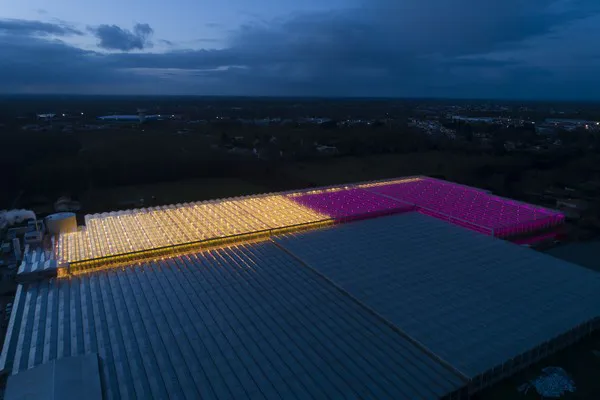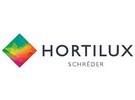LED is hot and definitely no longer a thing of the future. This has become evident from, among other things, a survey by Hortilux among growers. Interest levels in LED appears to be very, very high. At the same time, some questions and challenges remain, too.
Hortilux has noticed a strong surge in the number of LED projects. In order to keep a headstart in the market, the grow light solution provider recently introduced two new HORTILED Top fixtures. The many product brochures that have been requested recently suggest there is a lot of interest in these innovative fixtures. Interested growers were also asked a few short questions when they requested the brochure. Their answers confirmed that LED grow light is a hot item in horticulture. Almost 63 percent of the respondents indicated that they want to invest in LED lighting within a year. Nearly 69 percent of these respondents want to optimise their existing grow light installation. In other words, HPS grow light will increasingly make way for LED or hybrid grow light systems in the future.
Challenges for growers
However, there are also challenges when it comes to LED. The answers to the question "What is your main grow light challenge?" offered insight into the bottlenecks growers come across, as well as their wishes and objectives. The main important issues relate to the desired energy savings, more light or more production, the desired spectrum, the heat balance on the crop, optimal light distribution and the investment required.
One director of a potted plant nursery, for example, said that HPS grow light with more than fourteen hours of lighting per day leads to yellow spots on the leaves. "In contrast, eighteen hours of daylight in the summer is not a problem. That is why I am actually looking for an LED daylight spectrum.”

A chrysanthemum grower indicated that he was mainly looking for the optimal plant temperature at 75% LED and 25% HPS. A tomato grower who invested in HPS eight years ago, said that he wanted to move towards a hybrid grow light system in the next few years. "Our plan is to replace half of the HPS lamps with LED, which should result in 260 µmol of light." The production manager of a herb farm said he was specifically looking for a grow light system that contributes to fast production and optimal quality. "And the leaf temperature must be high enough in summer and winter."
Knowledge partner for growers
Harm Ammerlaan, Commercial Director at Hortilux, is not surprised by the eagerness to invest and the questions from growers. “Nearly all of our conversations with customers are about the use of LED. Based on their input, we have developed two new HORTILED Top fixtures in-house, which offer a solution to the most important issues. We deliberately opted for a very flexible design and favourable pricing; and it appears to be a popular move. But Hortilux is more than just a supplier of grow light: we are first and foremost a knowledge partner for growers. Every day, we spar with growers and their cultivation specialists about the desired savings, the spectrum, the heat balance, and so on. Our Grow Light Performance Consultants and our knowledge network play a key role in this."

